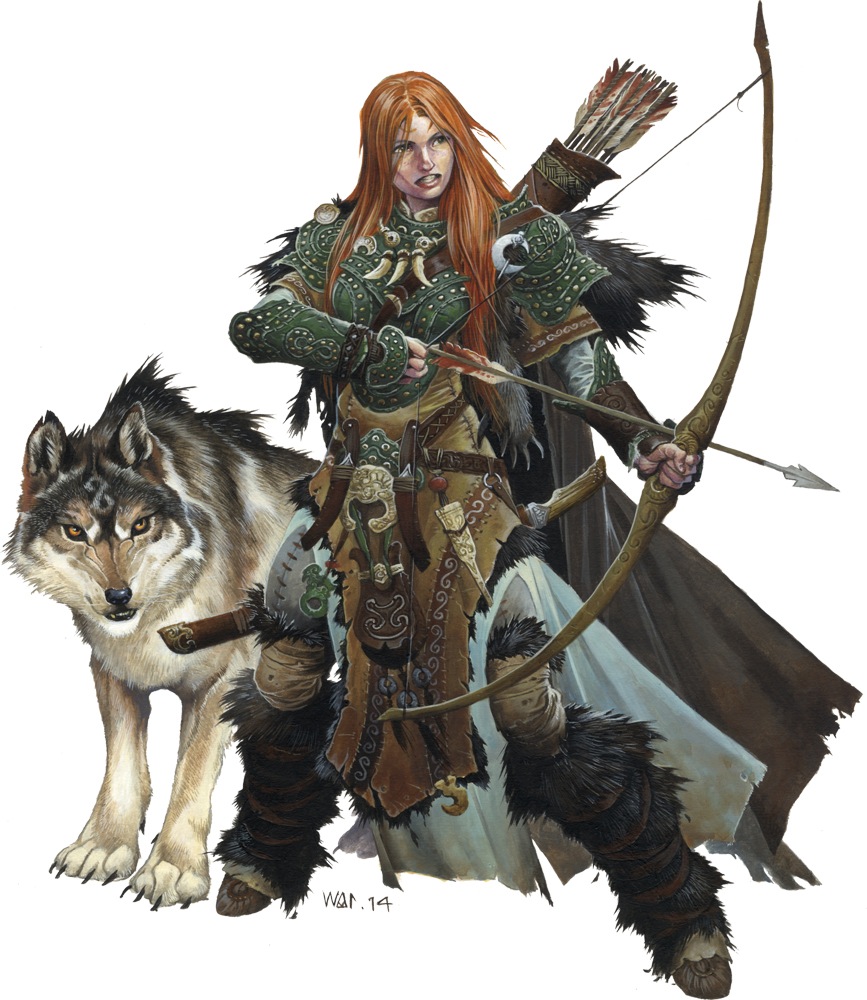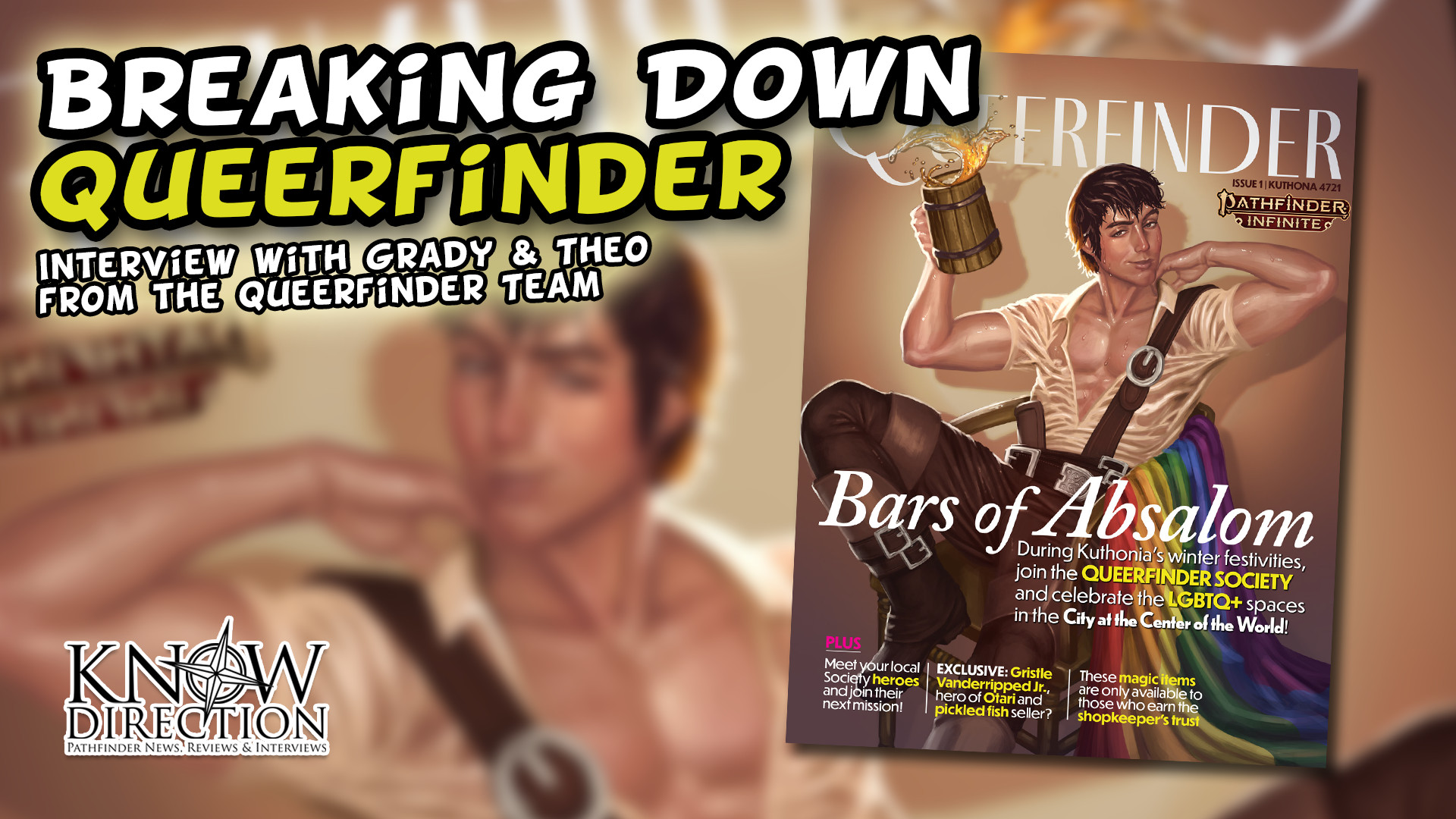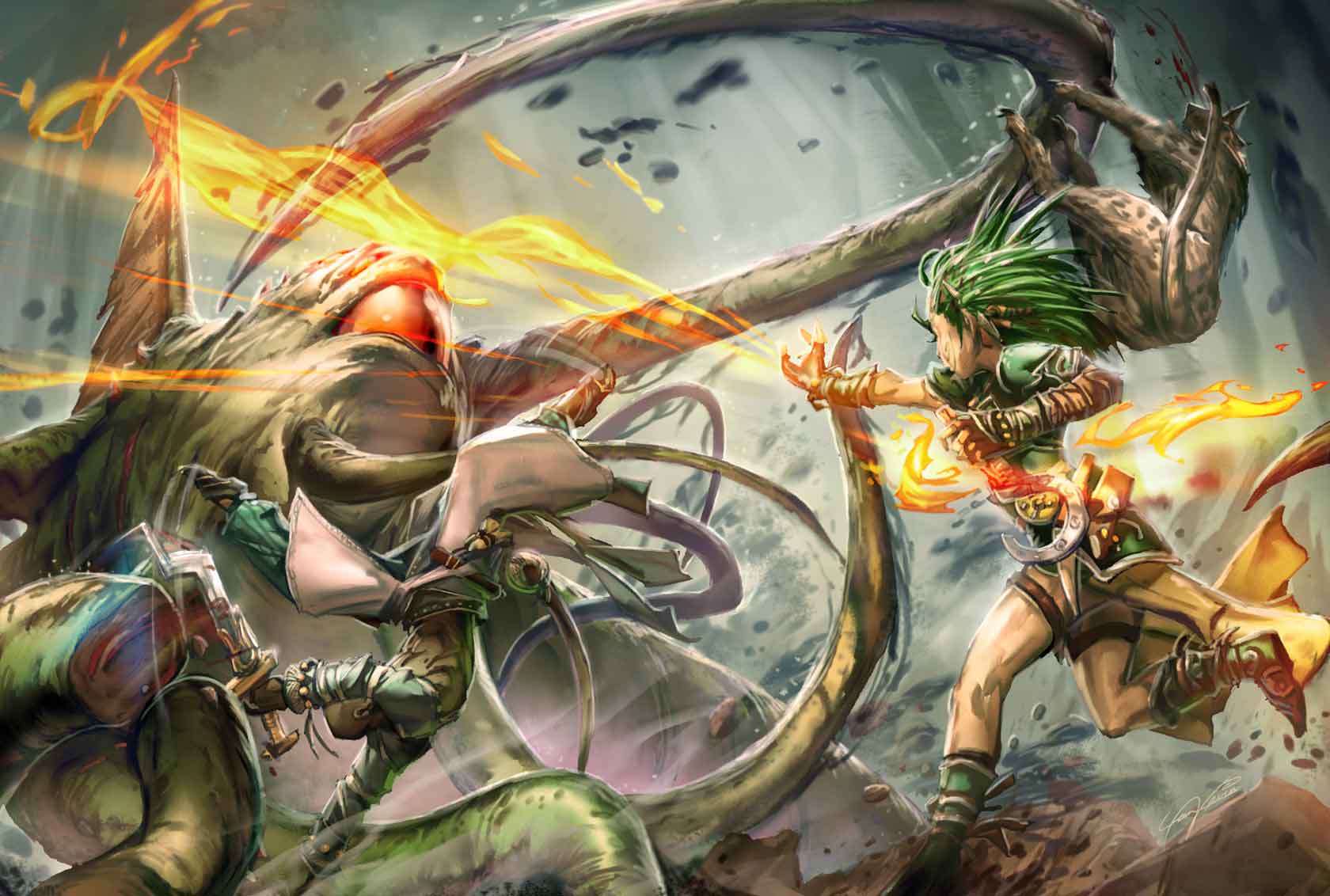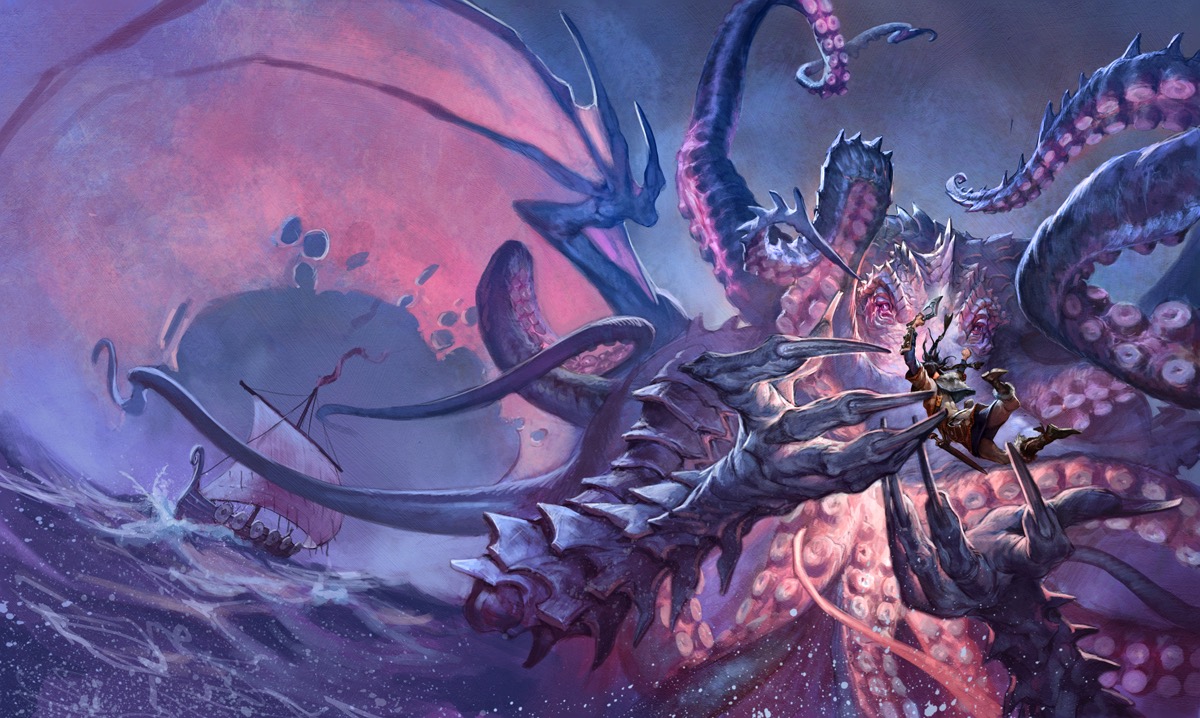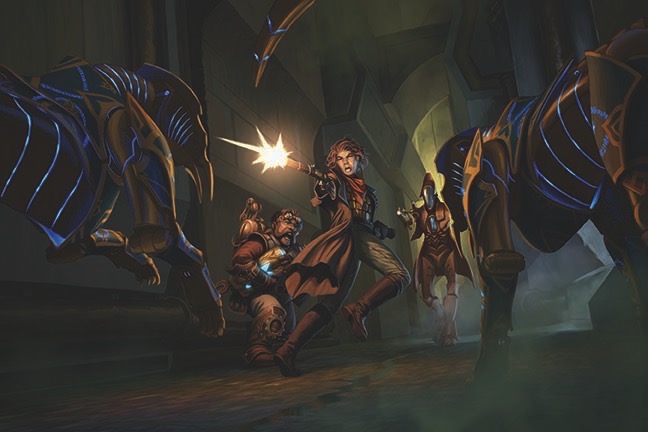Two weeks have passed since my very fair and incredibly reasonable request from Oras, and if I’m being honest, the lack of a response is a pretty rude. But that’s fine. Perhaps I can invoke the deity’s good will with something written in the spirit of cooperation. And I can even keep it on the theme of evolution by making it at least partially about eidolons.
So, to all my first edition veterans, who remembers the original summoner? Back when you had two bodies on the field without any shared actions or notable restrictions, and it felt like playing two individual characters. You could even get that feel with some of the stronger animal companions, and a handful of familiars made for fantastic supports with tactical wand usage. In fact, it was so powerful that one could argue that the companion was pretty much its own player character.
So what if we really lean into that?
Hello and welcome to Eldritch Excursion, the blog where I’ll be the flavor and you’ll be the mechanics, and together we’ll form an exploration of immersion in tabletop roleplaying games. Or you can be the flavor if you want. I’m fine either way, since this week’s topic is about splitting one companion class between two players and I’m not picky.
It Takes Two
So, how does this work? The idea is that we modify the companion feature of a class in order to grant it enough raw power to fill the space of a full player character while maintaining ties to its master. Of course, such bonds rely heavily on the players working in tandem and defining the nature of their connection, so it’s certainly something that should be sorted out in session zero. I’ve already given advice for this in a previous article.
I’ll be going over animal companions, eidolons, and familiars with suggestions on how to house rule them to function as independent entities. But for the sake of not repeating myself, assume all of the above gain access to the usual benefits granted by any class. So that means ancestry feats at 1st level and every 4 levels after, skill feats at every odd level, skill increases at the usual rates, general feats, and all that. They also lose the minion trait, and generate their ability scores as normal for player characters.
Summoners and Eidolons
Let’s start with the class that initially inspired this idea. Out of the box, eidolons are well equipped to function as their own unique entities. This version will make the changes you’d expect: for example, the summoner and their eidolon no longer share initiative, actions, multiple attack penalties, or hit points, nor do they mutually suffer from effects such as slowed or drained. Unless otherwise stated, summoners and eidolons gain benefits from levels as stated by table 2-3: Summoner Advancement. Due to their modified bond, they cannot use tandem actions.
Eidolons are still summoned by the Manifest Eidolon action. As an eidolon, you gain a special ancestry. You gain a pair of +2 ability score boosts that match the two highest ability scores from one of the eidolon arrays available to your type, a +2 Free ability boost, and a -2 ability flaw based on that array’s lowest ability score. In the case of a tie for highest or lowest, you decide between them. For the purpose of ancestry feats, you may choose an ancestry that most closely resembles your eidolon’s anatomy and type; you may choose feats from that ancestry whenever you gain an ancestry feat. You may also choose a versatile heritage that most closely matches your eidolon type, or a heritage based on the previous ancestry choice if no suitable options exist. You may choose your own skills to be trained with at 1st level. Instead of summoner feats, you gain an evolution feat at 1st level and every even level afterward. An eidolon that dies must be revived, same as any other player character.
Summoners are less physically resilient, as they are tied less directly to the life force of their eidolon, though they gain greater access to magic. As a summoner, you only gain 8 hit points plus your Constitution modifier per level instead of 10. Like the eidolon, you may choose your own skills to be proficient with. You may not take evolution feats, as your eidolon has greater control in determining their physical form. Instead of an evolution feat, you gain Sorcerer Dedication for free at 1st level, choosing a bloodline that most closely resembles your eidolon’s type. You may take Basic Blood Potency at 2nd level, and treat your full summoner level as your effective sorcerer level for the purpose of Advanced Blood Potency.
Animal Companions
Unlike eidolons, animal companions are an opt-in class feature. As a result, the pet’s “master” does not need to take any feats to gain their animal companion. They also count as having an animal companion for the purpose of meeting feat prerequisites. An independent animal companion is one that has been awakened to sentience by the whims of the fey, a druidic ritual, or another kind of primal phenomena. You also gain a special ancestry for the occasion.
Awakened Animal
Hit Points 8
Size Medium or Small
Speed 25 feet
Ability Boosts Dexterity or Strength, Free
Ability Flaw Intelligence
Languages Common, Sylvan. Additional languages based on your master’s ancestry.
Traits Animal
Low-Light Vision
Bestial Body You choose a suitable natural weapon from this list. Your anatomy limits your ability to perform certain actions, as per the anadi’s Change Shape.
Heritage To better represent your species, you gain one of the following: immunity to fall damage, a swim speed of 10 and the amphibious trait, not becoming flat-footed while climbing, increasing your Speed by 5 feet, imprecise scent at a range of 30 feet, or a versatile heritage as normal.
Ancestry Feats Use the Beastkin list, barring the feats that require shape shifting, treating your natural form as ‘hybrid form’ for the purpose of these feats’ benefits. To supplement the list, the GM is encouraged to allow anatomy-focused ancestry feats from an additional ancestry that matches your species: lizardfolk for a reptile, ratfolk for a rodent, and so on.
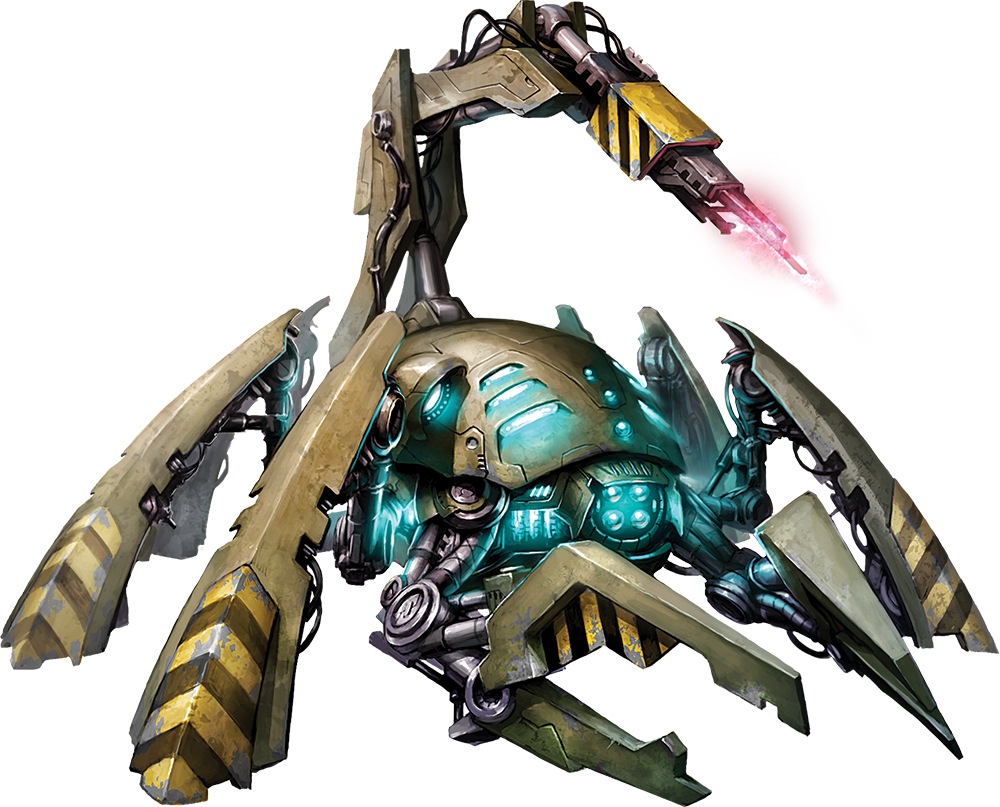
Okay so inventors’ constructs are a whole ~thing~ that I forgot til the last second. Gonna sidestep that rodeo by suggesting the automaton ancestry and moving on.
Familiars
Much like animal companions, familiars often serve as a supplement to a separate entity’s power. This version is empowered familiar brought to full sentience by a ritual that either went exceptionally well or catastrophically wrong but still resulted in a functional partnership. A familiar’s tiny size might cause complications, as explained in the Sprite ancestry. Empowered familiars gain their own ancestry.
Empowered Familiar
Hit Points 6
Size Tiny
Speed 25 feet
Ability Boosts Dexterity, Charisma, Free
Ability Flaw Strength
Languages Common plus one extra additional language. Additional languages based on your master’s ancestry.
Traits Animal
Low Light Vision
Familiar You gain the Manual Dexterity and Speech familiar abilities, which are mandatory abilities for your master’s daily preparations. Your master may use features to gain additional abilities, but they must be Master Abilities.
Heritage as Awakened Animal, above. Versatile heritages are strongly encouraged as a way to represent Improved Familiars.
Ancestry Feats as Awakened Animal, above.

But what if your companion decides to get a companion, who in turn gets a… never mind, it’s making my head hurt.
And there you have it. Enjoy teaming up with a fellow player to create two characters with entwined destinies. Or, you know, just rolling up Scuffles the Talking Dog-Wizard to finally get that one off your bucket list. There are certainly some mechanical hiccups in the deeper guts of this modification, but if your group is tight enough to get this far then I have faith they’ll be able to sort it out. And if you need some more tips on flavor, just peer a back a bit and read a previous entry of EE.

